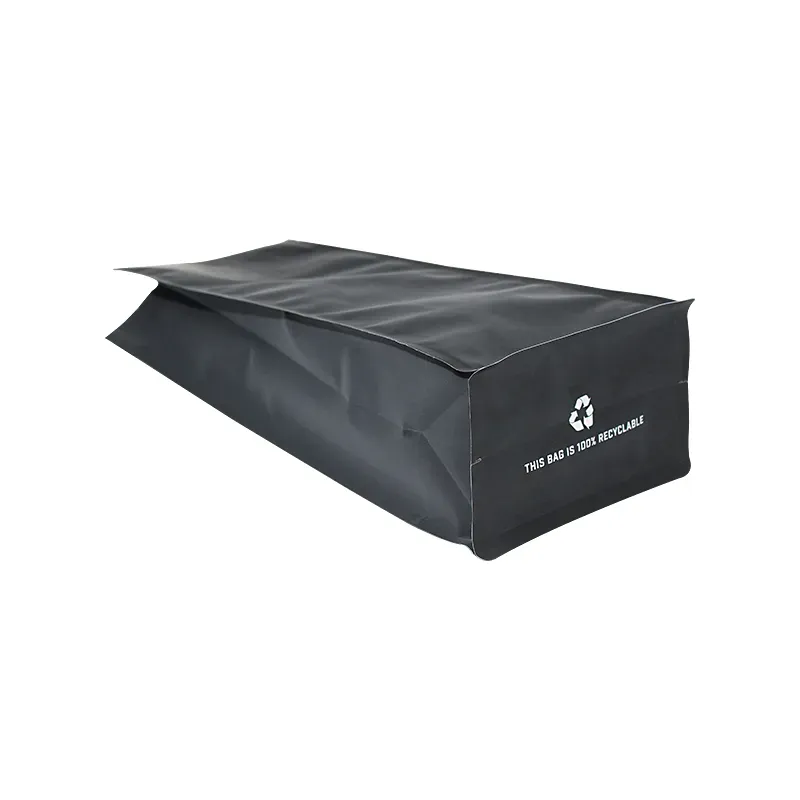- Afrikaans
- Albanian
- Amharic
- Arabic
- Armenian
- Azerbaijani
- Basque
- Belarusian
- Bengali
- Bosnian
- Bulgarian
- Catalan
- Cebuano
- chinese_simplified
- chinese_traditional
- Corsican
- Croatian
- Czech
- Danish
- Dutch
- English
- Esperanto
- Estonian
- Finnish
- French
- Frisian
- Galician
- Georgian
- German
- Greek
- Gujarati
- haitian_creole
- hausa
- hawaiian
- Hebrew
- Hindi
- Miao
- Hungarian
- Icelandic
- igbo
- Indonesian
- irish
- Italian
- Japanese
- Javanese
- Kannada
- kazakh
- Khmer
- Rwandese
- Korean
- Kurdish
- Kyrgyz
- Lao
- Latin
- Latvian
- Lithuanian
- Luxembourgish
- Macedonian
- Malgashi
- Malay
- Malayalam
- Maltese
- Maori
- Marathi
- Mongolian
- Myanmar
- Nepali
- Norwegian
- Norwegian
- Occitan
- Pashto
- Persian
- Polish
- Portuguese
- Punjabi
- Romanian
- Russian
- Samoan
- scottish-gaelic
- Serbian
- Sesotho
- Shona
- Sindhi
- Sinhala
- Slovak
- Slovenian
- Somali
- Spanish
- Sundanese
- Swahili
- Swedish
- Tagalog
- Tajik
- Tamil
- Tatar
- Telugu
- Thai
- Turkish
- Turkmen
- Ukrainian
- Urdu
- Uighur
- Uzbek
- Vietnamese
- Welsh
- Bantu
- Yiddish
- Yoruba
- Zulu
Creating a Safe Space for Your Knives with Innovative Storage Solutions
The Art of Knifebox A Fusion of Functionality and Aesthetics
In an age where culinary experiences are elevated to an art form, the tools we use in the kitchen have never been more important. Among these tools, the knife stands out not only for its functionality but also for its artistry. The emergence of the knifebox phenomenon highlights the beauty of knife collections and the deep cultural significance they carry.
A knifebox can be described as a specialized storage solution or display case designed to house culinary knives. Typically crafted from wood or other high-quality materials, a well-made knifebox not only protects the knives from damage but also serves as a stunning centerpiece in any kitchen or dining area. The rise of this concept reflects a growing appreciation for artisanship and the cultural importance of cooking implements.
One of the primary functions of a knifebox is to safeguard knives from the elements that could dull or damage their blades. Traditional kitchen drawers often become cluttered, leading to potential accidents and premature wear on the cutting edges. A knifebox, however, maintains each knife's integrity by keeping them organized and accessible. When knives are housed properly, it also promotes safety; chefs and home cooks alike can easily find the right tool without rummaging through a disorganized drawer.
Moreover, the aesthetic value of a knifebox cannot be overlooked
. With intricate designs and finishes, these boxes often serve as conversation starters. They invite discussions about the craftsmanship involved in both the knives and the box itself. Many artisans pour their souls into the creation of both knives and their storage solutions, meticulously selecting wood types, finishes, and even inlays that reflect their unique styles. This attention to detail speaks volumes about the reverence given to cooking in today’s cultural landscape.knifebox

The knife itself has a rich history that adds another layer of depth to the knifebox phenomenon. In many cultures, the knife is not merely a tool but a symbol of identity, tradition, and craftsmanship. For example, in Japanese culture, knives like the Santoku and Gyuto are celebrated not only for their superior performance but also for their history and the artisanal skill required to forge them. Owning a high-quality knife—and a beautiful knifebox to accompany it—is often seen as an investment in both practicality and tradition.
As we explore the concept of the knifebox, we can't ignore the modern culinary trend of showcasing personal collections. Social media platforms have fueled a surge in interest regarding unique knife designs and their proper storage. Chefs and enthusiasts alike take pride in sharing their carefully curated collections, featuring not just the blades but also the stunning boxes that house them. This has led to a renewed interest in craftsmanship, inspiring manufacturers to produce limited-edition boxes that cater to a discerning clientele.
In addition to showcasing craftsmanship, knifeboxes can be tailored to fit individual needs and preferences. Some may prefer simple, functional designs that prioritize ease of access, whereas others might seek out ornate models that reflect their personality or aesthetic choices. Customization options make the knifebox an excellent choice for gifting, especially for those who appreciate the art of cooking or the culture surrounding culinary practices.
As the culinary world continues to evolve, so too does our understanding and appreciation of the tools we use. The knifebox stands as a testament to this evolution—celebrating not only the knives within but also the skill, passion, and tradition that cuisine embodies. Whether you are a seasoned chef or a budding home cook, investing in a high-quality knifebox can remarkably enhance your culinary experience. Its blend of functionality, safety, and aesthetics offers a harmonious approach to kitchen organization, making every cooking endeavor not just a task but an enjoyable art form.
In conclusion, the knifebox is more than just a storage solution. It represents a culture, a history, and a lifestyle that honors the culinary arts. As we dive deeper into our cooking experiences, let us not forget the tools that shape our skills and the stories each knife carries—each deserving a beautiful home, like a knifebox, to rest and shine.













